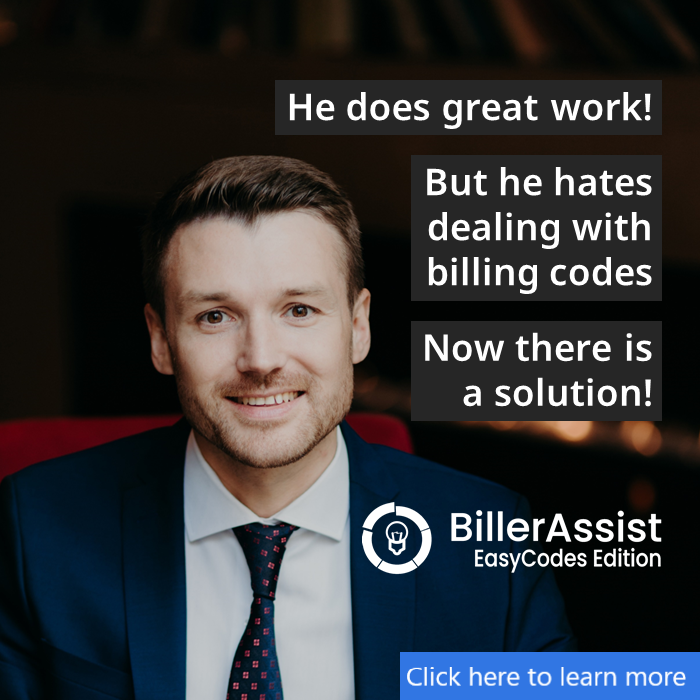Looking for Ways to Reduce Manual Overhead? There’s an App for That!
New advances with software automation in law firms and its widespread application to legal work are providing opportunities for law firms to significantly reduce overhead expenses and execution timelines, while maximizing productivity.
The high cost per hour of attorney work, combined with increasing cost-control pressures, makes the automation of legal work desirable for clients and counsel alike.
In fact, a recent study by the McKinsey Global Institute revealed that an estimated 23 percent of a lawyer’s job can be automated using artificial intelligence (AI) and machine learning.
This article explores some of the latest advances in the legal task automation space.
Automated Legal Research
Legal research is a time-consuming manual process. Given this obvious pain point, the field is ripe for innovation and improvement.
Advances in Natural Language Processing (NLP), which combines computational linguistics and artificial intelligence, allow applications like CaseText's CoCounsel, LexisNexis's Lexis+ AI, and similar apps to improve human-computer interactions. This is a technical way of saying that you can ask the program to find information of a highly specialized nature, and it will provide detailed and complete returns for your search.
The use of NLP in the context of legal research has proven successful. A Miami based partner at a five-lawyer firm decided to test his researching skills against a legal research application to see which would be faster and more thorough. In the end, it took the attorney 10 hours to find a relevant case. The software found that same case instantaneously.
Automating legal research tasks often cuts down on or eliminates entirely the possibility of human error. Furthermore, in a day and age where scrutiny of attorney billing is perhaps greater than ever, expediting time-consuming tasks such as legal research is quickly becoming a necessity, as a recent Canadian court ruling illustrates.
The presiding judge in the Canadian case ruled that two lawyers, by conducting manual legal research instead of taking advantage of available AI, had overbilled for their services. As Robert Ambrogi notes in his Above the Law article, the judge found that if AI sources had been used, a significant reduction in preparation time could have been achieved. For that reason, the judge cut the requested fee award and removed the amount sought for legal research entirely.
Automated Legal Billing
Entering and keeping track of hours worked is a vital aspect of the success of a law firm’s practice. When done manually, billing is also time consuming, technical, prone to human error, and not itself a billable activity.
Applications like Smokeball, and many more, purport to automate manual processes relating to time entry.
Instead of trying to remember how much time you spent doing what for whichever client, or even diligently logging your time as you go along, automated time keeping software can log the time you spend in the software itself as well as in Word and Outlook, analyze the work you’re doing, and organize it into its proper place based on previous user activity.
As Aderant’s Marie Burgess notes, “lawyers work on multiple matters often for multiple clients on any given day. It’s time-consuming and challenging to reconstruct what they worked on at the end of a long day… This may well compound the problem because many of us have a hard time remembering what we did yesterday, let alone what we did last week, or even several weeks ago.”
Considering the importance of accurate billing, and the tediousness of the manual billing process, the area is also ripe for innovation and improvement. Automated time entries have been shown to increase accuracy, maximize time, and produce more transparent invoices.
Automated Billing Codes
Since the implementation of Unified Task Based Management System and the Legal Electronic Data Exchange Standard, electronic billing has achieved a greater level of standardization.
The prevalence of LEDES billing requirements by insurance, institutional, or corporate clients is becoming near ubiquitous for lawyers who practice in these fields. For those unfamiliar, these requirements make lawyers and other timekeepers apply certain codes to each of their time and expense entries.
The selection of these codes is usually made through a drop-down menu list, and involves finding and applying the correct code associated with each task performed and each expense advanced.
The process is usually done manually, leading to idiosyncratic or erroneous application of codes to entries, rejections of invoices for incorrect formatting or coding, and other problems.
Due to the importance of getting these codes right, and the hassle associated with doing so, the area is again ripe for innovation and improvement.
Indeed, new technologies can now be used to alleviate most, if not all of the headache of incorrect codes, rejected invoices, write-offs, and the possibility of human error, through the use of automated UTBMS/LEDES coding.
Automated Contract Review
Manual contract review is also as time-consuming as it is important.
Proper contract review requires attention to detail and prolonged periods of concentration.
In addition, safely sharing the contract or document with the necessary parties has become increasingly tricky in the digital age as well.
For these reasons, a wide variety of contract and document automation tools were created.
Legal tech tools like Kira Systems allow automation of all or most of the contract review process. Using machine learning, these programs can read contracts, identify concepts and clauses predetermined by the user, and present the information in an organized, easily digestible format. Moreover, with firmwide software implementation, everyone can see the same information and any changes made in real-time, cutting down on confusion and the redundancy of efforts.
Once the contract review process is completed and the contract is executed, guaranteeing and enforcing performance often creates challenges of their own.
With new advances in software technology, “Smart Contracts” have become a viable option for ensuring performance once contracts have been completed and executed.
Using blockchain technology, Smart Contracts help parties exchange money, property, or anything of value in an easily verifiable and conflict-free way. Additionally, smart contracts make dealing with or paying intermediaries unnecessary. Any changes to the contract are logged and dated on the blockchain.
Although further edits can be made, the record of past edits cannot be altered, ensuring that all parties remain aware of the history throughout the process.
Is There an App for That?
The time and money saved by automating manual processes is clear. Law firms that are able to implement solutions that improve work flows to do more with less will more easily outperform their peers.
Moreover, law firms with more efficient processes will also be more attractive to their current clients and to prospective new ones.
Finding the right tools is not difficult, and is worth the effort. In addition to researching online, law firms might also consider attending one of the many legal tech conferences, or reviewing various legal tech publications.





